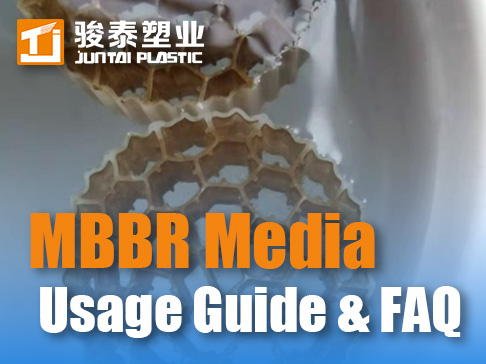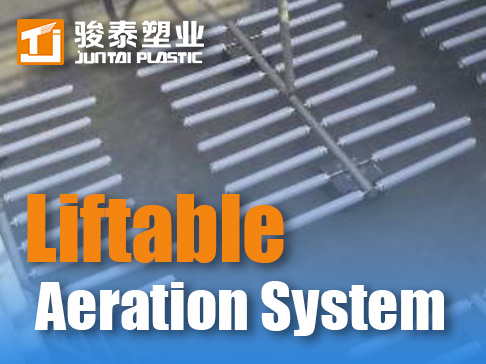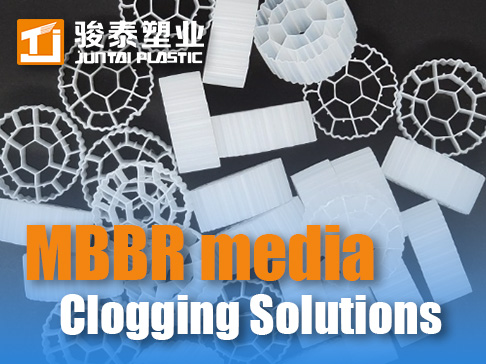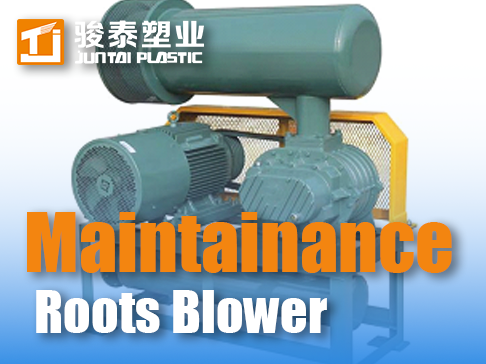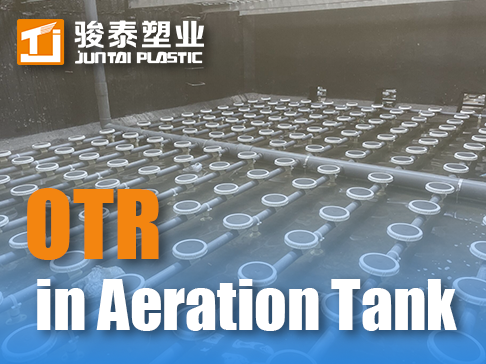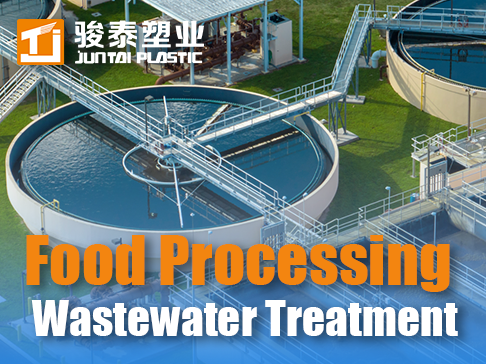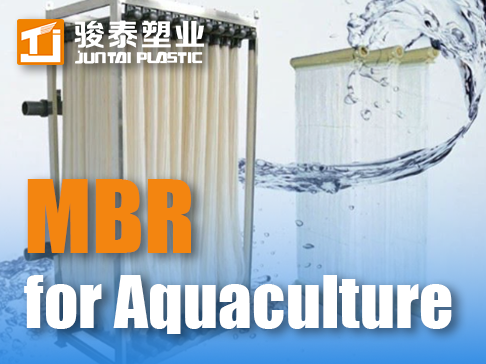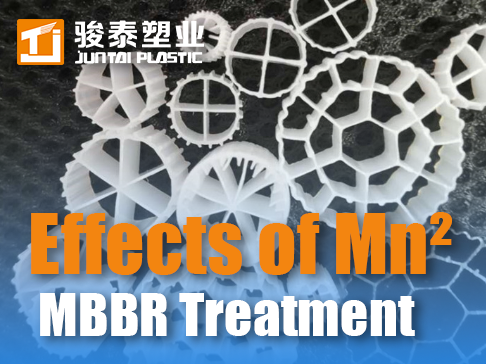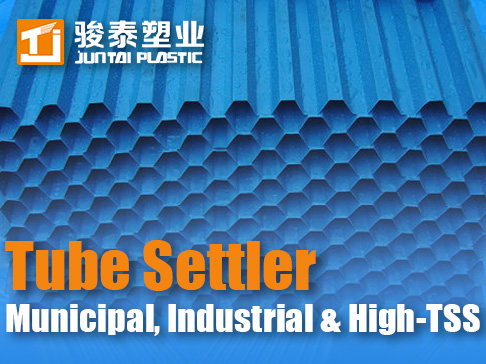 +86 13600513715
+86 13600513715 MBBR Design Guide: Compact Wastewater Systems Optimization
Optimizing MBBR Implementation in Compact Wastewater Treatment Plants: A Practical Guide
Introduction to Mbbr Technology in Space-Constrained Applications
Moving Bed Biofilm Reactor (MBBR) technology revolutionizes compact wastewater treatment by combining activated sludge efficiency with biofilm resilience. Its modular design enables high-load biological treatment in minimal footprints—ideal for space-limited industrial sites, decentralized communities, and retrofits. Unlike conventional systems, MBBR leverages suspended carriers that provide protected surfaces for microbial colonization, eliminating sludge recirculation needs and enhancing shock-load tolerance. For engineers designing compact plants, MBBR’s scalability and operational simplicity make it indispensable, but successful implementation demands methodical planning across design, installation, and control phases.
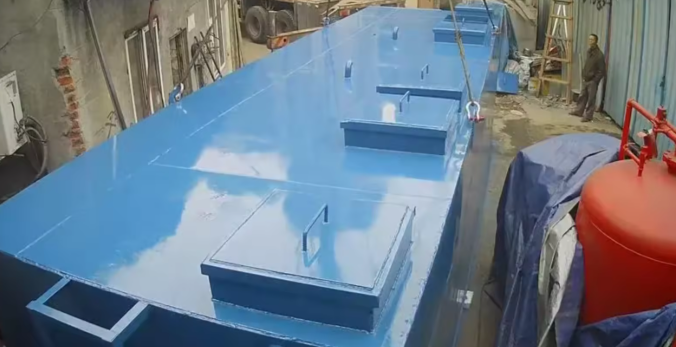
1 Core Design Considerations for Compact MBBR Systems
1.1 Carrier Selection and Filling Rate Optimization
Selecting appropriate carriers dictates biofilm kinetics and system resilience. Key parameters include:
-
Specific Surface Area: High-density carriers (e.g., >800 m²/m³) maximize biomass retention but require robust aeration to prevent clumping.
-
Material Density: Near-neutral buoyancy (0.94–0.98 g/cm³) ensures carriers fluidize efficiently without excessive energy input.
-
Filling Ratio: Adhere to 20%–50% of tank volume—exceeding 60% risks impaired mixing and carrier collision damage.
Critical Trade-off: Ultra-high-surface-area carriers may accelerate fouling in high-oil wastewater unless paired with advanced pretreatment.
1.2 Hydraulic and Aeration System Design
Hydraulic short-circuiting or dead zones cripple compact MBBR efficiency. Mitigate risks through:
-
Grid Installation: Fit inlet/outlet screens with apertures smaller than carriers to prevent escape. Elevate bottom grids ≥20 mm above diffusers to shield against sludge intrusion.
-
Uniform Aeration: Size fine-bubble diffusers to deliver ≥12 Nm³ air/m²·h. For tanks <5m width, use linear grids; wider tanks need perforated lateral arms. Verify turbulence intensity (velocity >0.3 m/sec) using CFD modeling.
Table: Carrier Selection Guide for Different Wastewater Types
| Wastewater Characteristic | Recommended Carrier Type | Optimal Filling Rate | Aeration Intensity |
|---|---|---|---|
| Municipal (Low Oil) | High-surface (≥800 m²/m³) PE/PP | 40-50% | 10-12 Nm³/m²·h |
| Industrial (High COD/Fats) | Medium-surface (500 m²/m³) HDPE | 20-30% | 14-16 Nm³/m²·h |
| Cold Climate (<10°C) | Protected-microporous PU | 30-40% | 12-14 Nm³/m²·h |
| Retrofit (Existing Tanks) | Low-abrasion EPDM | 25-35% | 8-10 Nm³/m²·h |
1.3 Pretreatment Non-Negotiables
Inadequate pretreatment guarantees MBBR failure. Mandatory safeguards include:
-
Fine Screening: Install 2–3 mm perforated screens or drum filters upstream to capture hair, fibers, and grit that abrade carriers.
-
Fat/Oil Removal: For food processing or kitchen wastewater, integrate dissolved air flotation (DAF) or enzymatic grease traps. Fats >40 mg/L induce biofilm sheathing and carrier buoyancy shifts.
2 Installation and Startup Key Procedures
2.1 Commissioning and Biofilm Acclimation
Avoid premature carrier loading:
-
Hydraulic Testing: Verify mixing homogeneity using tracer studies. Adjust diffuser alignment if dead zones exceed 5% tank volume.
-
Carrier Pre-Conditioning: Soak carriers in dechlorinated water for 24 hours to remove manufacturing residues.
-
Staged Biomass Cultivation: Inoculate with adapted sludge (≥3,000 mg/L MLSS). For cold starts (<15°C), supplement with micronutrients (Fe, P, K) and extend acclimation to 6–8 weeks.
2.2 Aeration Calibration and Oxygen Transfer
Under-aeration triggers carrier sinking; over-aeration shreds biofilms. Optimize via:
-
DO Control: Maintain 2–3 mg/L using variable-frequency-drive (VFD) blowers. Install optical DO sensors at tank corners.
-
Bubble Size Validation: Ensure >70% of bubbles are <3 mm diameter to balance energy efficiency and shear stress.
3 Operational Optimization and Troubleshooting
3.1 Managing Biofilm Dynamics
-
Foam Control: Surfactant-induced foams require spray nozzles or silicone-based defoamers (ensure membrane compatibility if downstream). For biological foams from Nocardia, reduce sludge age to <8 days.
-
Carrier Clumping Remediation: If carriers aggregate or sink:
-
Check aeration headers for clogging (monthly pressure tests).
-
Measure influent TSS—levels >150 mg/L overwhelm mixing energy.
-
Inject high-velocity water jets temporarily to dislodge sludge balls.
-
3.2 Temperature and Load Fluctuations
-
Cold Weather (<5°C): Insulate tanks, increase filling rates by 10%, and reduce hydraulic loading by 20–30% to compensate for slower metabolism.
-
Shock Loads: Install equalization basins (minimum 6-hour retention) to dampen BOD/ammonia spikes. Use real-time NH₄-N sensors to trigger bypass valves.
4 Maintenance Protocols for Long-Term Performance
4.1 Carrier Integrity Management
-
Annual Inspection: Sample 100 carriers to assess biofilm thickness (target 100–300 µm) and abrasion. Replace >15% damaged carriers.
-
Cleaning Regimen: Employ air-scour backflushing monthly. For severe inorganic scaling (Ca/Mg), circulate citric acid (pH 3.5) for 4–6 hours.
4.2 Critical Component Checks
-
Diffusers: Quarterly permeability tests. Clean with 2% citric acid if pressure drop increases >10%.
-
Screens: Mechanically clean inlet screens biweekly to prevent blinding.
4.3 Winterization for Cold Climates
During extended shutdowns:
-
Carrier Storage: Submerge carriers in water with <1 mg/L residual chlorine to prevent biofilm die-off.
-
Tank Protection: Add propylene glycol (20%) if temperatures fall below -5°C to avoid ice damage.
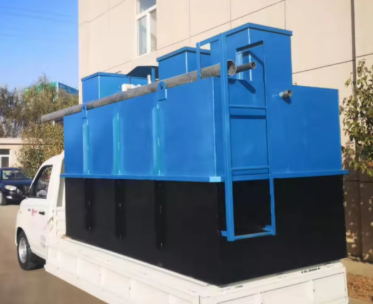
Conclusion: Maximizing Value in Compact Applications
MBBR technology transforms space limitations into opportunities when carriers, hydraulics, and control systems are cohesively engineered. Success hinges on balancing biofilm kinetics with mechanical reliability—a goal achievable through methodical pretreatment, turbulence optimization, and adaptive process control. As regulations tighten and footprints shrink, MBBR’s modularity positions it as the quintessential solution for upgradable, resilient treatment.




